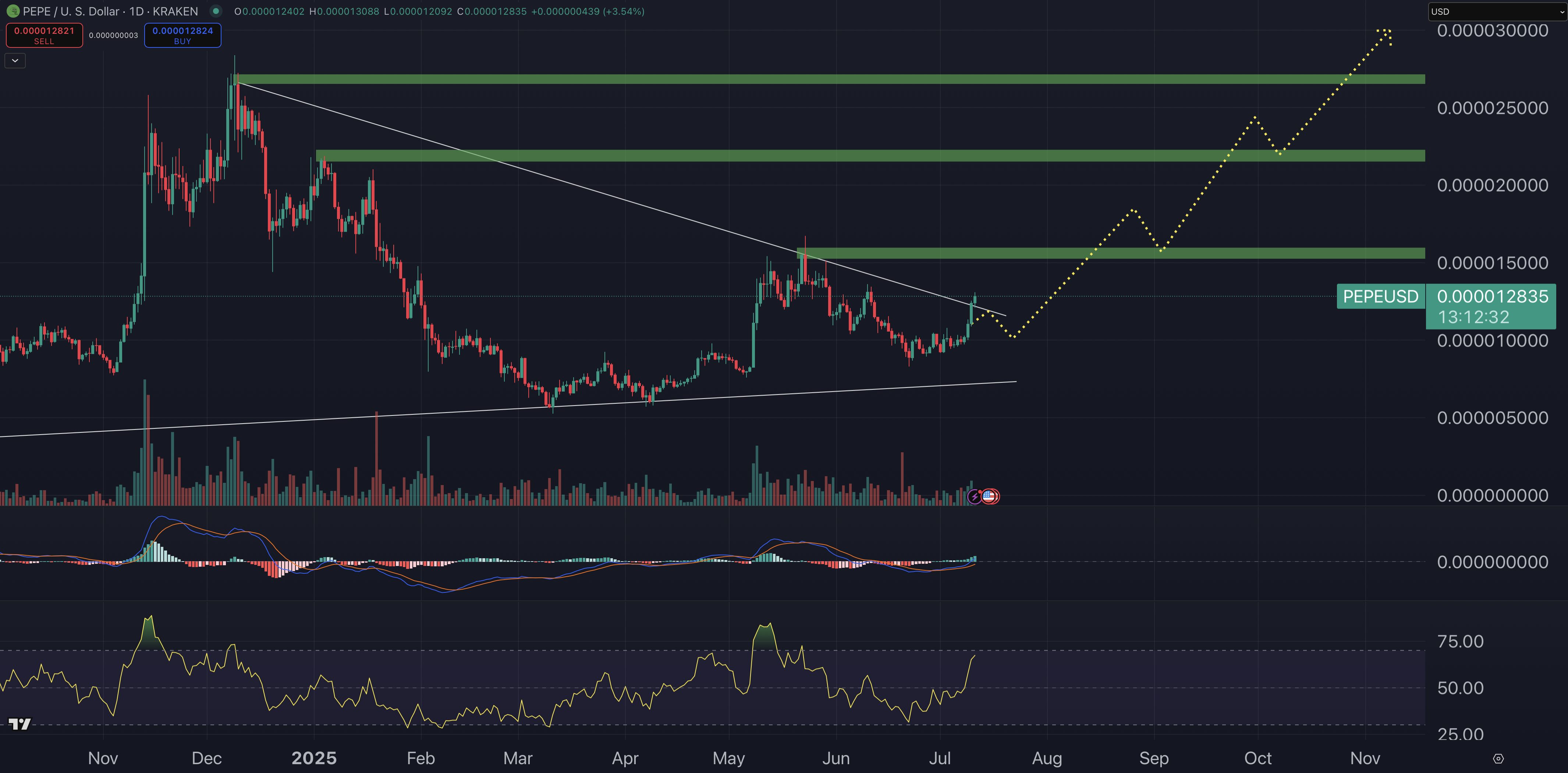For the purposes of federal government accounting, seized and forfeited digital assets do not, in most cases, count as real money.
This is according to a
“Digital assets are not considered fiat money because they are not issued by a government entity nor are their values backed by the stability and credit worthiness of a government entity,” said the bulletin. “Additionally, digital assets, other than central bank digital currencies, do not typically possess all monetary characteristics. That is, they are not effective as a unit of account, medium of exchange, or store of value.”
The bulletin said such assets should instead be treated as nonmonetary property when applying SFFAS 3.
The exception is central bank digital currencies, which are denominated in the national unit of account that is a direct liability of the central bank. In this respect, central bank digital currencies are typically considered official digital forms of government-backed money that essentially serve the same purposes as physical cash.
For purposes of applying the seized and forfeited property guidance in paragraphs 57-78 of SFFAS 3, reporting entities should report a market value for seized and forfeited digital assets based on a publicly observable active market for the specific digital asset. The bulletin defines an active market as an established market in which transactions occur with sufficient frequency and volume to provide pricing information on an ongoing basis. A publicly observable market is a market that is widely visible to anyone.
FASAB, acknowledging the price volatility and opaque nature of certain digital currencies, said it’s reasonable that it could require more time and effort to determine a market value for seized and forfeited digital assets than it would for seized or forfeited property associated with more liquid, regulated and established markets. It is also reasonable that a market value cannot be readily determined for some seized and forfeited digital assets if a publicly observable active market does not exist.
While at first FASAB considered stablecoins linked to the value of fiat money as a possible monetary asset, ultimately it decided that reporting entities should not report seized and forfeited stablecoins as monetary instruments because even digital assets that are pegged to the U.S. dollar, or a foreign currency, are not fiat money issued and backed by a government entity, nor are they currently effective as a unit of account or medium of exchange.
FASAB acknowledged that other standard-setters are considering questions such as whether digital assets generally possess monetary properties or more closely relate to financial securities, derivatives, investments, intangible assets or some combination thereof, but eventually felt such questions were not in the scope of the problem it was trying to solve, namely how to apply current standards on seized and forfeited assets into the digital currency realm. Similarly, it declined to address deeper measurement issues, such as providing guidance prescribing the day and time that reporting entities should measure the market value of digital assets upon seizure and forfeiture, as it felt this was more a question of government policy than accounting standards. Last December, the Financial Accounting Standards Board
The FASAB technical bulletin is now in effect.
Credit: Source link











